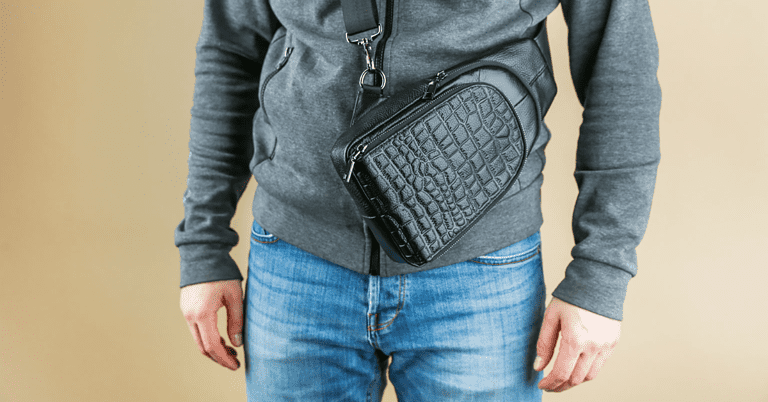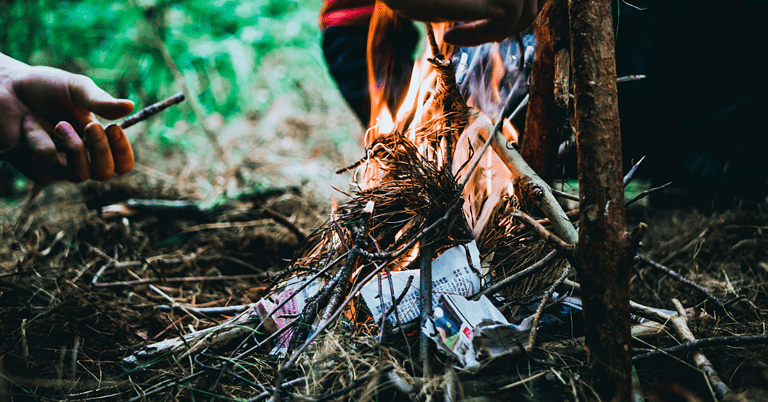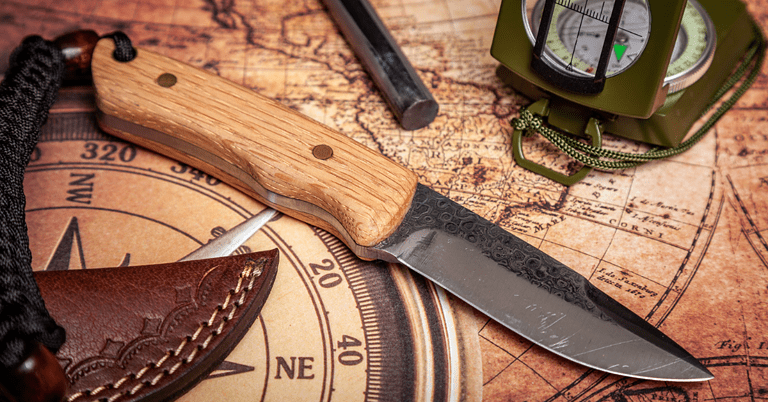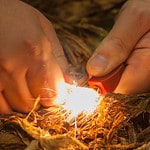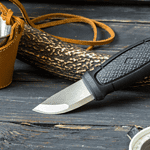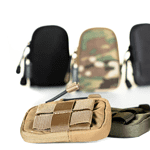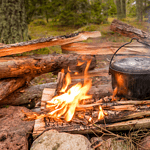Have you ever wished for the convenience of home cooking while on a backpacking trip? Now it's possible with a backpacking stove! Backpacking stoves offer numerous advantages that make them ideal for home cooking, such as time savings, economic benefits, and healthy meals.
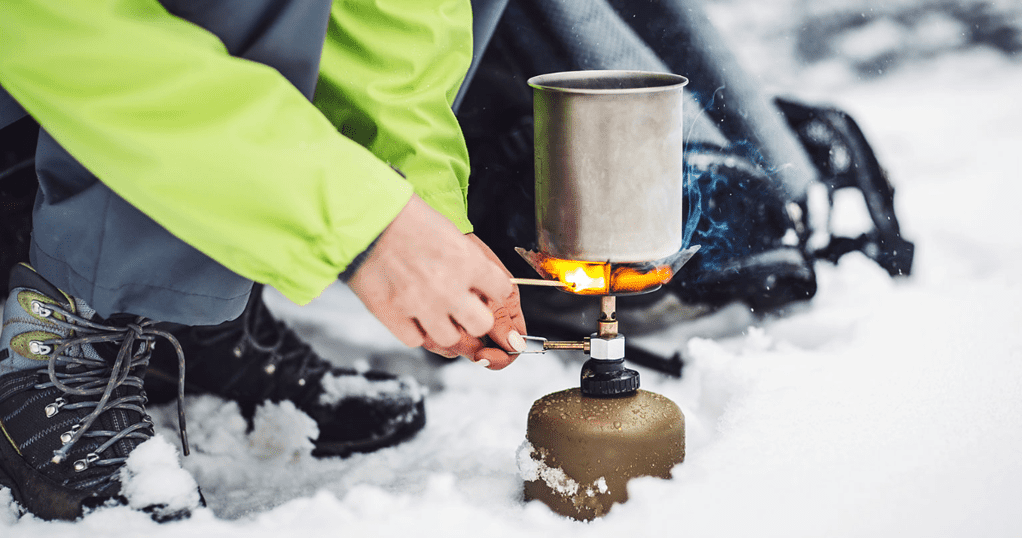
When selecting a backpacking stove, there are several factors to consider, such as type, size, and fuel sources. Once you have the ideal stove for your needs, cooking with it becomes effortless with the correct equipment and safety tips.
Benefits of Utilizing a Backpacking Stove for Home Cooking
Backpacking stoves can be an invaluable time saver for home chefs. By cooking multiple dishes simultaneously, they'll be ready in half the time it would take using traditional methods. Furthermore, cleanup is much quicker with a backpacking stove since no dishes need washing after each use - saving you lots of effort!
Economic Benefits
Another advantage to using a backpacking stove for home cooking is the cost savings. Stovetop cooking tends to be more energy efficient than oven cooking, saving money on your energy bill. Plus, backpacking stoves are highly portable - meaning if you move frequently, there is no need to invest in new kitchen appliances each time.
Healthy Meals
One of the most significant advantages of using a backpacking stove for home cooking is its capacity to create nutritious meals that fit your dietary needs. You have complete control over what ingredients go into each recipe and how they're cooked, so you can steer clear of processed foods in favor of nutritious dishes tailored for you. With one, you don't have to compromise on nutrition - making meals tailored to your requirements!
Selecting the Ideal Backpacking Stove
When selecting a backpacking stove, three primary types are canister, liquid-fuel, and multifuel stoves.
Canister stoves
Canister stoves are compact and lightweight, designed to screw onto the top of a fuel canister stored upside down. Setting them up and taking them down is simple: screw on the stovetop and ignite them with a match. However, canisters may not be as stable as other stoves; if you knock over the canister, spilled fuel everywhere will result.
Moreover, these fuel types may be harder to locate in remote places, so if you plan on doing lots of backcountry cooking with these stoves in mind, consider choosing another style instead.
Liquid-fuel stoves
Liquid-fuel stoves run on either white gas or kerosene, which is more common in North America, while kerosene is found more in Europe and Asia. Liquid fuel stoves require you to fill up a small reservoir with fuel before cooking, making them heavier and bulkier than canister models.
However, liquid fuel tends to be much more durable than their canister counterparts, working well even during cold weather or at high altitudes where canister models may struggle.
Multifuel stoves
Multifuel stoves operate on various fuels, such as white gas, kerosene, unleaded gasoline, diesel fuel, and jet fuel! If you plan to do much international backpacking, having access to power for your stove no matter where in the world is ideal.
However, these models tend to be heavy and bulky; additionally, they need regular upkeep to remain running optimally.
Size Considerations
When selecting a backpacking stove, size matters. Here are some tips!
- Avoid carrying around an unwieldy model that won't do the job.
- Opting for something too small might leave you lacking the power to meet your cooking requirements.
- Ultralight hikers might consider an alcohol burner that weighs less than 3 ounces; these small burners are highly efficient but require patience when cooking due to their low heat output.
- Most people will opt for canister or liquid-fueled models, which offer the ideal balance of weight and performance.
Fuel Sources
As previously discussed, backpacking stoves come in three primary varieties: canister models powered by compressed gas cartridges (propane/butane). These liquid models run off white gas or kerosene, and multifuel models can burn anything from unleaded gasoline to jet fuel.
Each type has advantages and drawbacks that you should weigh when deciding which is best suited to your needs; generally, canisters offer greater convenience, while liquid fuels offer longer cook times and are less prone to malfunctions during extreme cold weather conditions.
Cooking with a Backpacking Stove
You will need a few essential pieces of equipment to cook with a backpacking stove. First and foremost is the furnace itself. Furthermore, you will require a pot or pan to cook your food. Finally, you will require fuel for the appliance; propane and white gas are two familiar fuel sources for backpacking stoves. Please carefully read the instructions with your stove to decide which fuel source works best for it.
Safety Tips
Cooking with a backpacking stove can be hazardous if not done correctly. Always carefully heed the instructions with your particular stove model to avoid accidents. Also, clear away any flammable materials around your stove before lighting it; set it up in an open area away from trees or bushes, and ensure that all flames have been extinguished before leaving it unattended.
Recipes
Cooking with a backpacking stove offers many advantages-from simple meals like grilled cheese sandwiches to more complex dishes like pasta carbonara. The possibilities are endless when it comes to what you can cook-just be sure to consider the limitations of your particular stove and pot or pan when planning meals.
Conclusion
So, can you enjoy the comfort of your home while cooking indoors with a backpacking stove? Absolutely! With the time and money saved and healthy meals cooked onboard, there are plenty of reasons to consider using one for your indoor cooking needs. Just make sure you select the correct stove for your requirements and adhere to some simple safety instructions, and before long, you'll be enjoying delicious homemade meals in no time!

